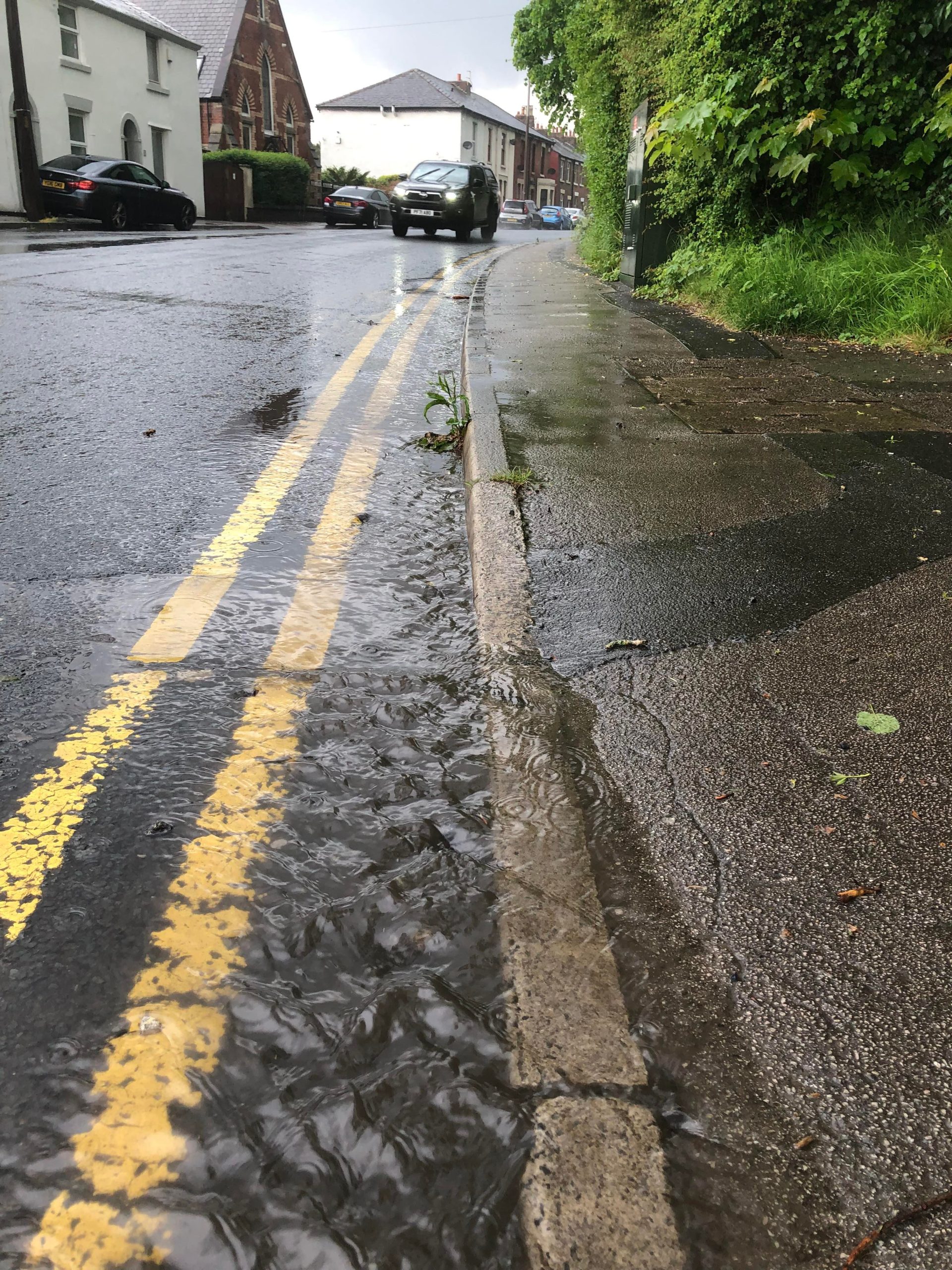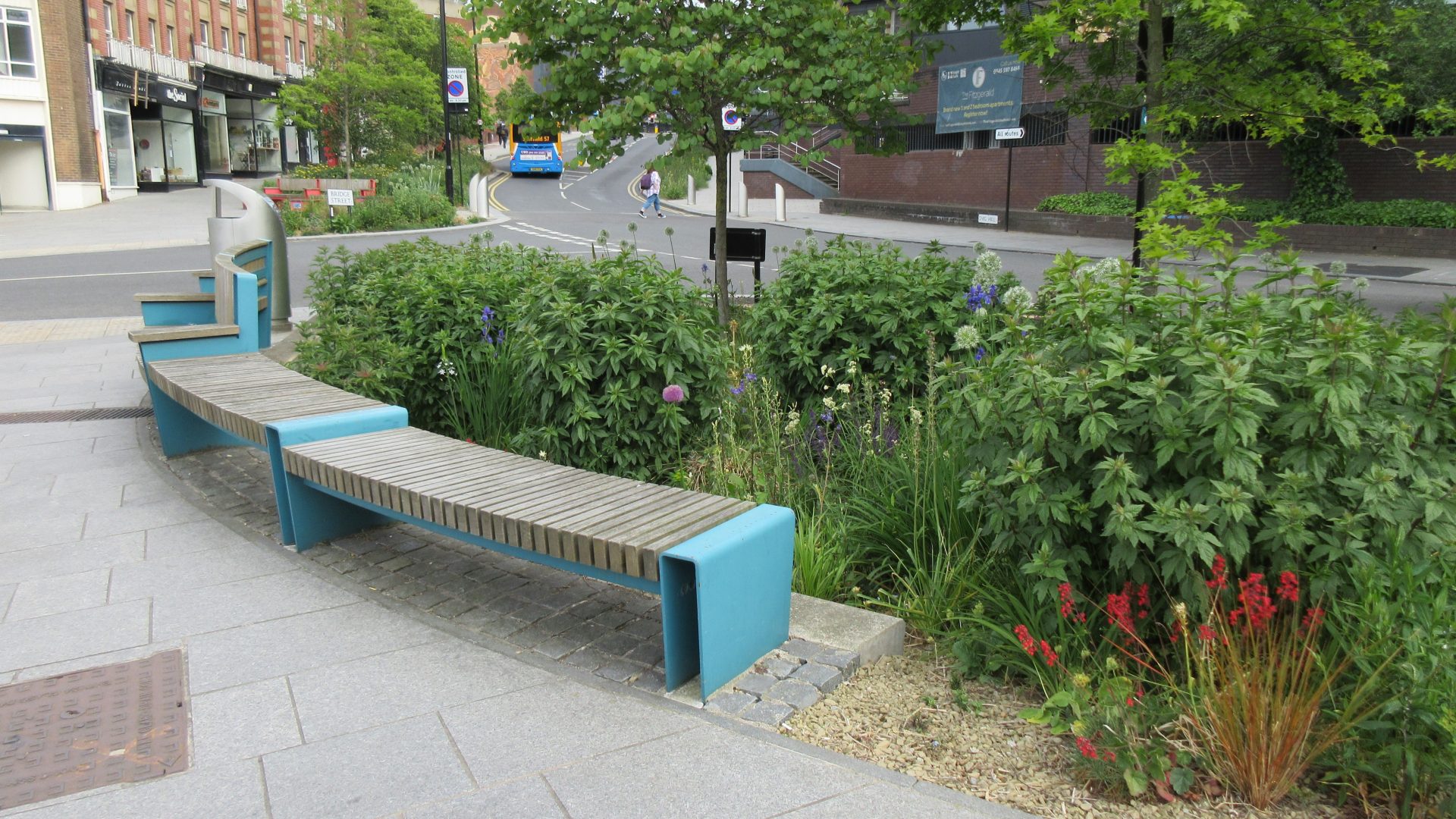
In the first of a two-part article, Stuart Crisp, Advanced Drainage Systems and Jo Bradley, Stormwater Shepherds, consider the role of SuDS in managing water quality.
Last April, the then Government published the Plan for Water. The aim of the plan was to create a more holistic approach to water management, ensuring that there is enough water to supply the UK’s growing population, and that the water in rivers, lakes and other water bodies is free from pollution. It promised action on all sources of pollution: wastewater treatment, agriculture, plastics, urban stormwater and road run-off, and chemicals.
Although it remains to be seen if the new Government will pursue the Plan for Water or something similar, new legislation would be welcome. Among other things, the Plan talked about the strategic road network and how it needs to do more to prevent pollution from highway run-off discharging into our water courses.
Well-designed SuDS can help reduce pollution in a variety of ways. SuDS should be multi-faceted, dealing with water at source to prevent activation of combined sewer overflows (CSOs) and flooding and removing pollutants to improve water quality – as well as boosting biodiversity and providing public amenity.
A SuDS train should consider both water quantity and quality and start with prevention such as reducing impermeable surfaces, to reduce run-off and removing sources of pollution.

Next comes source control, where rainfall is dealt with close to where it falls by elements such as soakaways, rain gardens and permeable pavements.
Site control sees water managed within a local area, for instance directing water to an infiltration device and then a pond or tank. Finally, regional control would see a system that could handle run-off from several sites, perhaps resulting in a detention basin or wetland.
In situations where flood risk is low and pollution risks are also deemed to be low, SuDS designers can balance water quantity, water quality, amenity and biodiversity. If flood risk is low and pollution risk is high, water quality evaluation must take precedence.
There are a range of water quality treatment measures that can be included in a SuDS train. Sometimes it is possible to use a completely natural SuDS train to deal with both water quantity and quality issues. At other times, the best solution combines natural and engineered SuDS elements.
There are four main types of pollutant that can be found in stormwater run-off: sediments, metals, hydrocarbons and nutrients. Sediments, often referred to in pollution mitigation as total suspended solids (TSS), is particulate matter. It includes tiny particles of soil, such as silt and clay, which have been dislodged by rainwater as it passes over the run-off surfaces.
Metals and metal compounds can be dissolved in run-off or attached to silts and sediments in the water.
Hydrocarbon pollution comes with run-off from roads, car parks and areas where machines operate and are maintained, due to oil and fuel spills, tyre and brake wear.
Nutrient pollution, usually nitrogen or phosphorous based, can come from sources such as run-off from agricultural land where fertiliser has been used or CSOs, where wastewater and surface water are discharged into bodies of water.
Capturing TSS pollution should generally be the focus of water treatment strategies in SuDS design since this removes both the solid particles and pollution clinging to them. This can be done using a natural SuDS feature, such as planting for bioretention or a swale. Manufactured components such as filtration devices, silt traps or vortex separators can also be used upstream to remove solids before water is discharged into ponds, for instance.
Removal of sediment and solids is also important from a water quantity perspective. Build-ups reduce the capacity of a water storage element, whether natural or manufactured. How and when to remove sediment should be considered at the design stage and should be part of a planned maintenance regime.
Without a means of reducing suspended solids upstream of an attenuation device, sediment build-up within the device can reduce its efficiency over time. Some recently introduced underground SuDS attenuation devices have their own built-in systems for intercepting solids which are fast and simple to maintain.



